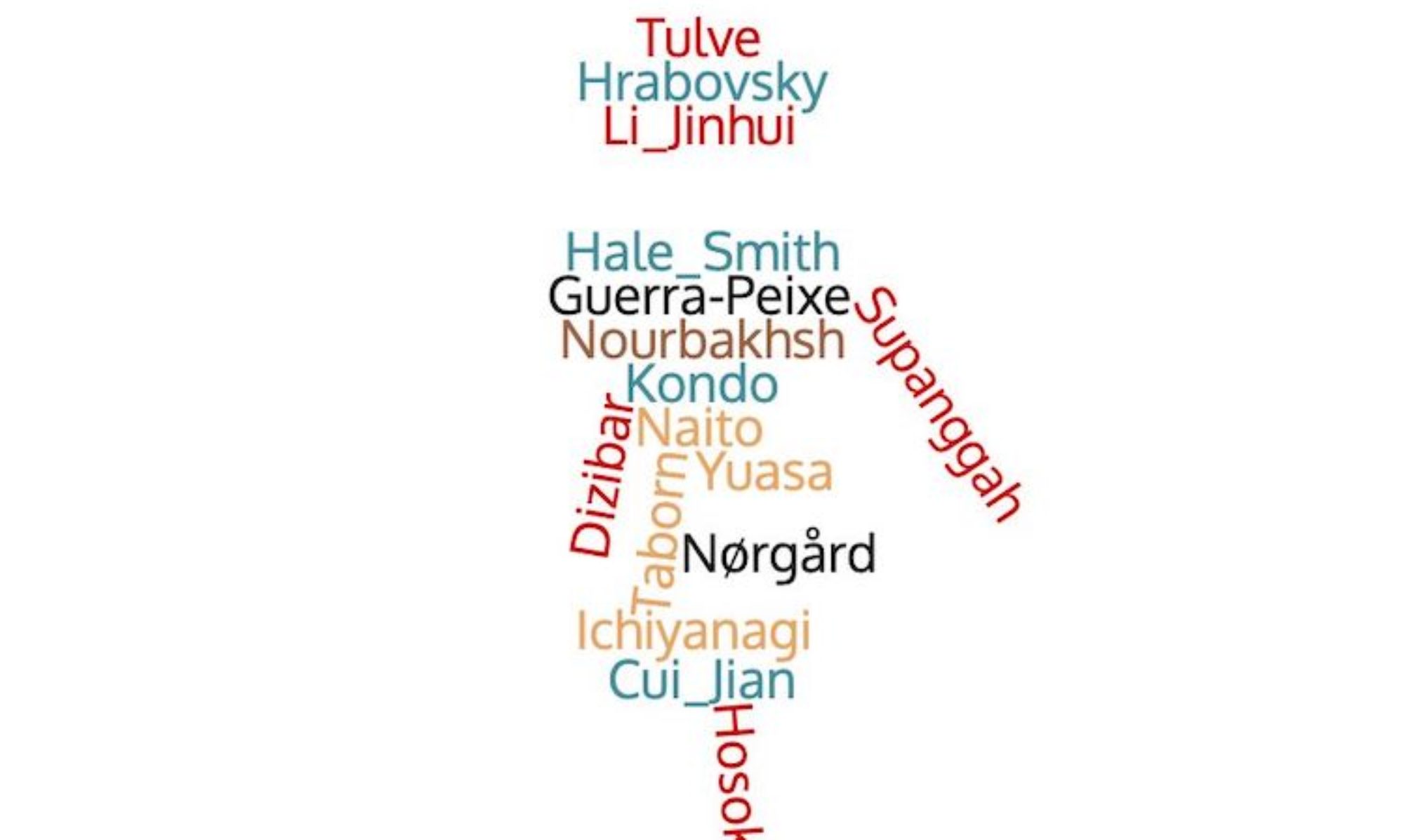By Mao Mengdan and Min Lingkang
This post is part of a series on 100 modern conservatory-trained Chinese composers from 1912 onwards who wrote symphonic, ensemble, and solo instrumental music using Western instruments, as well as choral and solo vocal music, adopting Western tonality or avant-garde techniques. They are regarded as key historical figures in and drivers of modern Chinese music history.
Huang Zi (March 23, 1904 – May 9, 1938) was a significant composer and music educator in China during the 1930s and is considered one of the foundational figures in early Chinese music education. Born in Chuansha County, Jiangsu Province (now part of Pudong New District, Shanghai), Huang began his exposure to Western music in 1916 when he enrolled at Tsinghua School in Beijing. There, he actively participated in the school’s music clubs and studied piano and vocal music, earning fame within the Tsinghua community.
In the autumn of 1924, Huang graduated from Tsinghua School with excellent grades and received a scholarship to study in the United States, where he attended Oberlin College in Ohio to study psychology. During his time at Oberlin, he also took music courses such as music theory, sight-singing, dictation, and keyboard harmony. In September 1928, he transferred to the Yale University School of Music to focus on composition.
Huang’s graduation piece, an overture titled “Nostalgia” (怀旧), earned him a Bachelor of Music degree in 1929, and it was performed at the Yale School of Music’s graduation concert. Upon returning to China in August of the same year, Huang taught composition at the Shanghai Hujiang University and the National Conservatory of Music, where he also served as the dean of academic affairs. He was passionate about music education and nurtured many talented musicians.
In addition to his work in academia, Huang was involved in various activities related to composition and theory. He held positions such as a member of the Shanghai Municipal Bureau of Music, a member of the Ministry of Education’s Music Education Committee, and the editor-in-chief of the “Music Magazine” and the “Music Weekly” supplement of the “New Night News.” He also founded the Shanghai Symphony Orchestra, composed entirely of Chinese musicians, and served as its conductor.
Huang passed away on May 9, 1938, at the age of 34 due to typhoid fever at the Shanghai Red Cross Hospital. He left behind a legacy of trained musicians, including his four most famous disciples: He Luting, Jiang Dingxian, Chen Tianhe, and Liu Xue’an, as well as other musicians like Tan Xiaolin, Lin Shengweng, Qian Renkang, and Ding Shande.
Over his nine-year music composition career, Huang produced a total of 107 works, encompassing genres such as symphonies, chamber music, choruses, duets, art songs, and oratorios.
One of Huang’s representative works is the orchestral piece “Nostalgia,” composed in 1929. This piece is considered a summation of his studies in the United States and a milestone in the establishment of his style. The composition was inspired by a personal tragedy: in 1927, Huang’s fiancée, Hu Yongfu, passed away from a severe illness, leaving him deeply saddened. This event led Huang to leave Oberlin for Yale, where he completed “Nostalgia” on March 13, 1929, in memory of his late fiancée. The premiere of the piece took place on May 31, 1929, at a concert for Yale’s graduating class, conducted by Professor David Stanley Smith of the Yale School of Music and performed by the New Haven Symphony Orchestra.
“Nostalgia” was highly praised by local newspapers, being described as the “best orchestral work of all compositions at the concert” and the “only work that was fully appreciated.” The piece is a concert overture, a genre popular during the Classical and Romantic periods, and it is characterized by a clear sonata form structure with distinct sections and a strong sense of tonality.
The main theme of “Nostalgia” is considered to be a fixed idea, similar to Berlioz’s idée fixe, and is seen as a motif of sighs and confessions, representing Huang’s longing for Hu Yongfu. This theme runs throughout the entire piece, driving its progression. In terms of orchestration, the piece employs Romantic-era techniques, with a double (multiple) wind configuration of four horns, three trombones, two trumpets, and one tuba, a standard setup matured during the Romantic period.
Video Link: https://www.bilibili.com/video/BV1fJ411T7gG?share_source=copy_web
